What was the Holocaust?
In this video, Sir David Suchet describes what the Holocaust was and how the Nazis and their collaborators attempted to murder every Jew in Europe.
Our resources can help you learn more about the Holocaust and genocide and plan your own HMD activity. Explore life stories of survivors and those who were murdered, virtual activities, schools materials, films, images and more. You can filter them by genocide and type of resource.
In this video, Sir David Suchet describes what the Holocaust was and how the Nazis and their collaborators attempted to murder every Jew in Europe.
In this sequence of videos Dr Martin Stern MBE, a survivor of the Holocaust, and Amouna Adam, a survivor of the genocide in Darfur, give testimony to HMP Magilligan and Royal Drawing School.
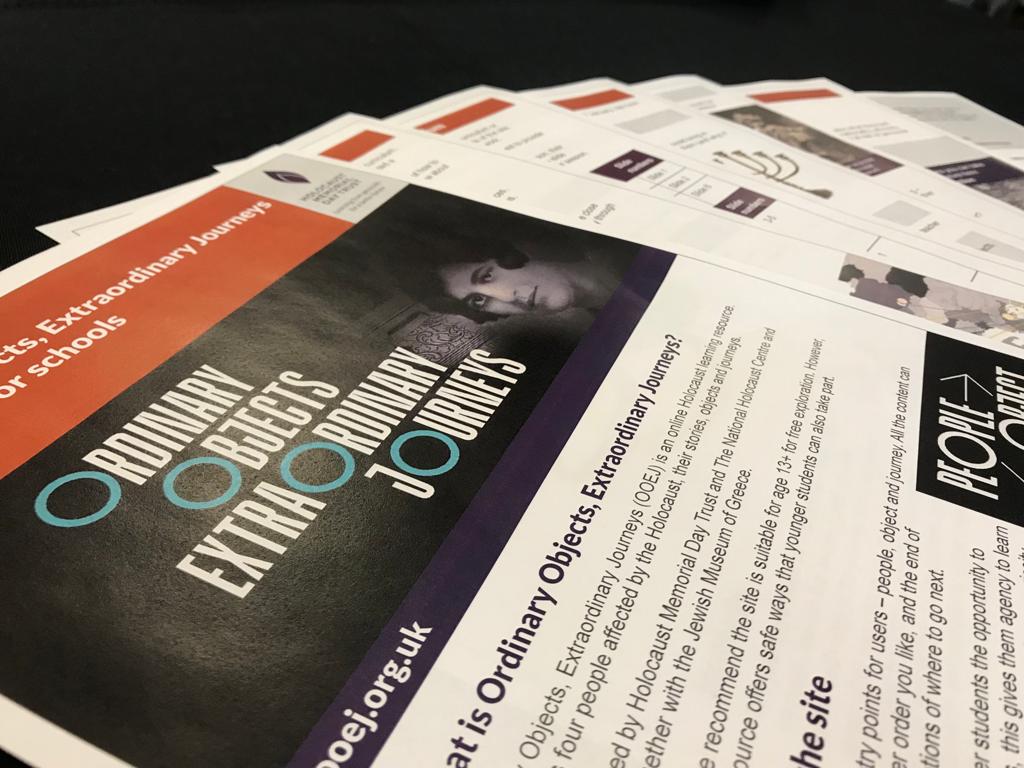
This resource supports secondary school teachers to use the new interactive Holocaust education website Ordinary Objects Extraordinary Journeys in the classroom.
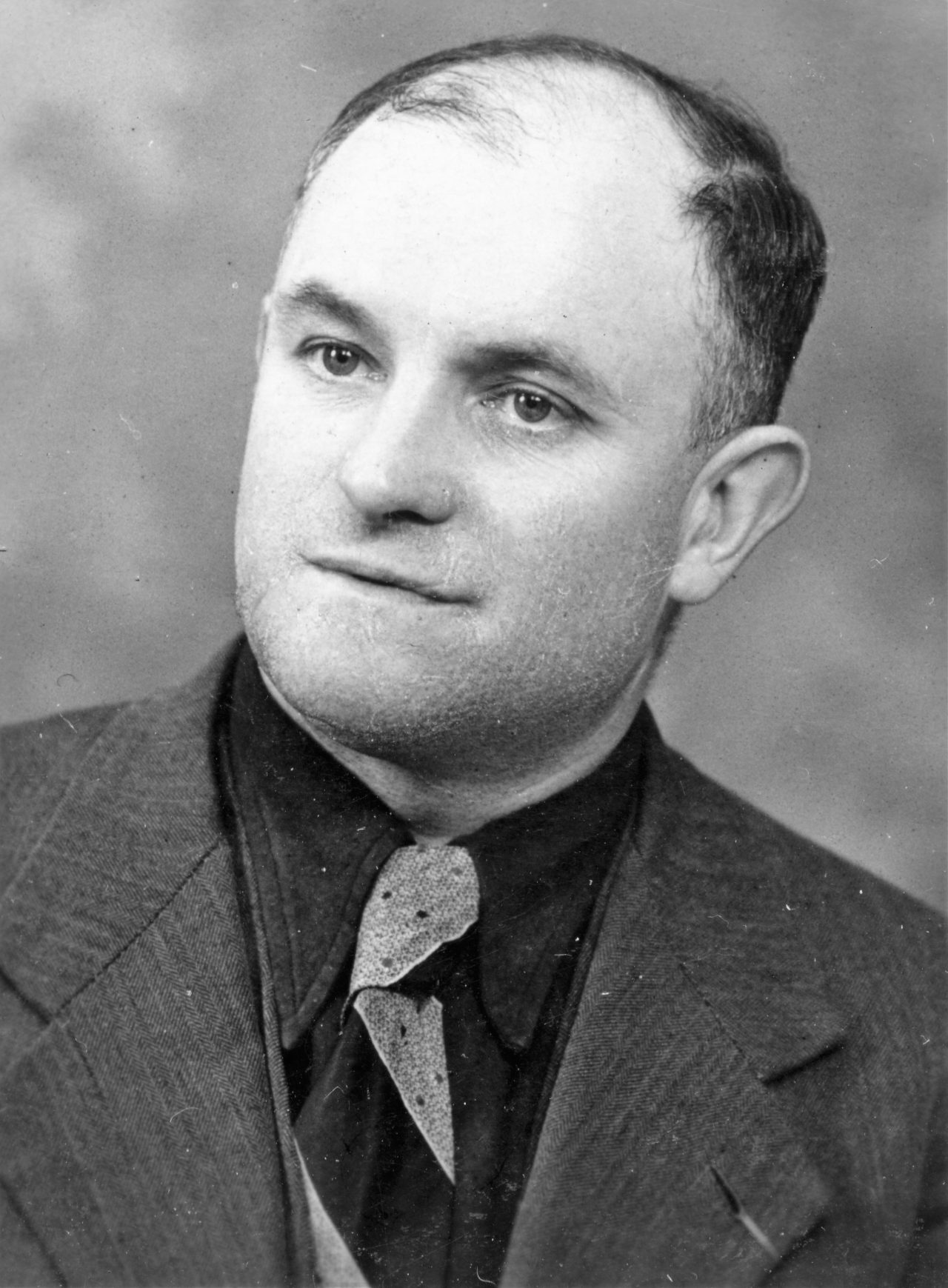
Marcel Hoffmann was one of at least 25 French railway workers from Lille, northern France, who, in 1942, helped more than 40 Jewish children and adults escape deportation.
Hannah Lewis MBE, survivor of the Holocaust, gives testimony to the Kingdom Choir, who sing 'The Blessing' in response, for the UK Holocaust Memorial Day 2022 Ceremony.
Lily Ebert BEM, survivor of the Holocaust, gives testimony to Sir Trevor McDonald for the UK Holocaust Memorial Day 2022 Ceremony.
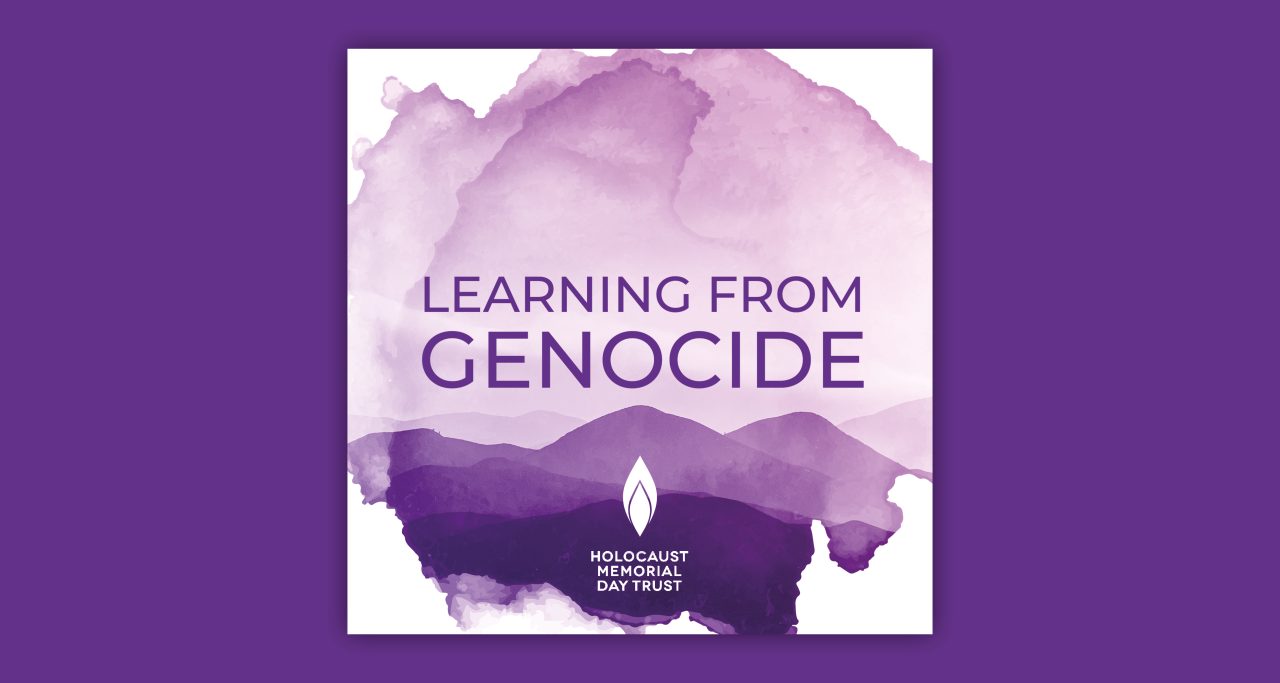
Our first ever podcast series, ‘Learning from Genocide’ features in-depth testimonies and experiences of people directly affected by the Holocaust, Nazi persecution of other groups, and the genocides that followed in Cambodia, Rwanda, Bosnia, and Darfur.
There is always a set of circumstances which occur or which are created to build the climate in which genocide can take place. In this video we explain the ten stages of genocide, as developed by Gregory H Stanton, President of Genocide Watch.
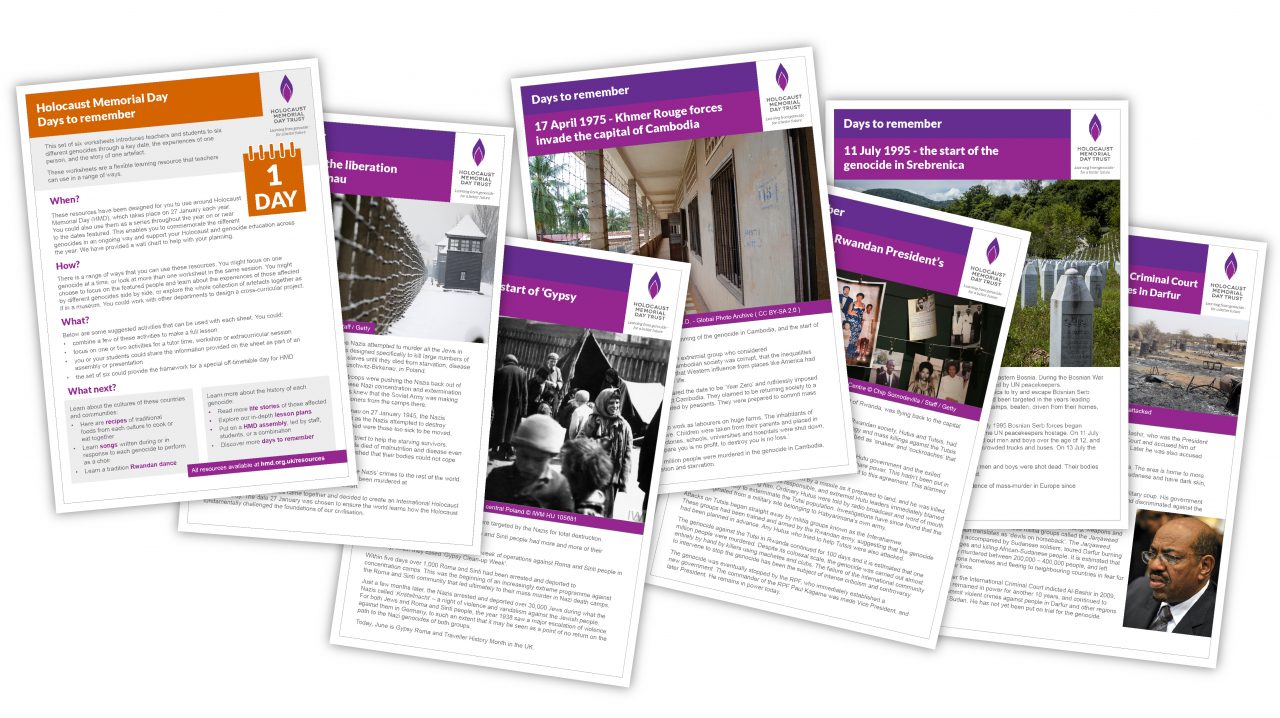
This set of six worksheets introduces secondary school teachers and students to six different genocides through a key date, the experiences of one person, and the story of one artefact. It can also be used in a non-school environment.
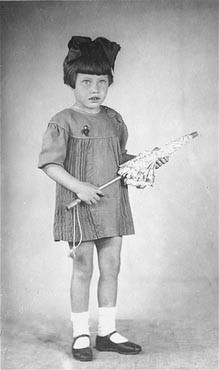
The Babi Yar massacre, starting on 29 September 1941, devastated the Jewish community of Kiev and marked one of the deadliest single operations during the Holocaust.